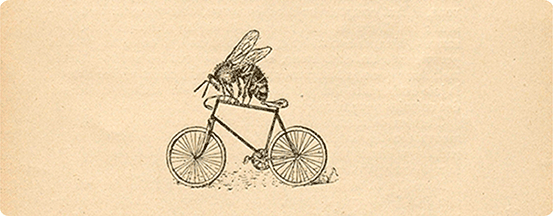Entomological Collection
There can be no agriculture without insects, be they auxiliaries or pests. From pollination to the 19th century destruction of vineyards, they are to this day the heroes of numerous books and countless research projects.

The superfamily Aphidoidea (aphids), is the core of our entomology collection. These insects, often harmful to agricultural production, are the main subject of reference works from the 18th and 19th centuries: Charles Bonnet's "A Treatise on Insectology or Observations on Aphids" (1745) and George Bowdler Buckton's "Monograph of the British Aphids" (1876-1883).
One of the best known aphids to the public is Phylloxera Vastatrix. It caused devastating damage to French vines from 1863 onwards and was, for some decades, the subject of an abundant literature.
But insects have inspired also more eulogistic writings: the “dictionnaire raisonné et universel des animaux” (a reasoned and universal dictionary of animals), published in 1759, offers a poetic vision of certain insects such as the "damsel of the aphid's lion whose wings are delicate and slender beyond words".
The sheer beauty of certain insect families is also honoured, as in the very handsome book "Les papillons de France", published in 1880 and decorated with 19 chromolithographs.



